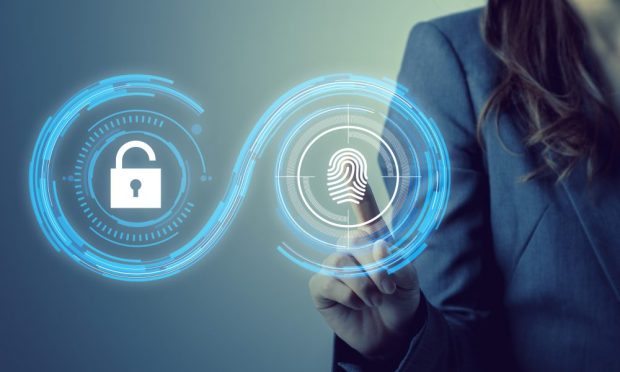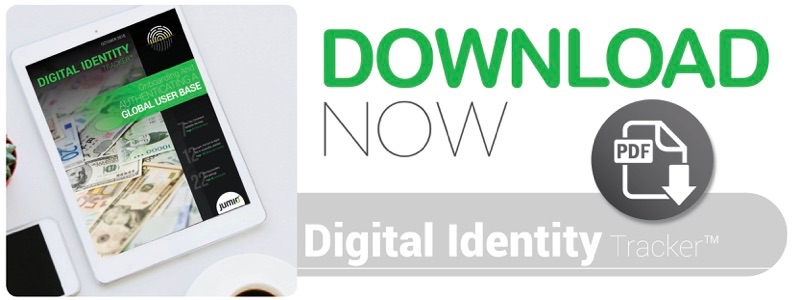Digital Identity Credentials Go Global

A deep dive into the latest global digital identity credential developments in Estonia, India, Japan and the United States.
Physical identity (ID) credentials — like driver’s licenses or ID cards — may soon fall out of favor. A growing group of countries and their governments around the world are investing in the development and adoption of digital identity credentials, which will eventually replace and improve upon their tried-and-true physical ancestors. Digital credentials will improve consumer privacy, interact seamlessly with digital ecosystems and offer governments and law enforcement organizations new capabilities.
While there has been a recent increase in interest surrounding digital identities, these initiatives can be traced back to 2014, when countries in the European Union (EU) first rolled out a digital identity offering: electronic identification authentication and trust services (eIDAS), which is a framework of digital ID regulations that create a unified digital ID system across the continent.
Several countries outside the EU are also developing their own digital identity credentials. In this Digital Identity Deep Dive, PYMNTS explores the latest global developments in the space.
European Endeavors
The U.K. first introduced digital credentials in 2014 — the same year as the EU’s eIDAS regulations. GOV.UK Verify offers expedited authentication for U.K. residents who use public services, such as filing taxes or accessing driver’s license information. Authentication takes from five to 15 minutes and can be performed by financial institutions (FIs) and other players, including Barclays and Experian.
This system may soon be replaced, however, as the country’s Department for Digital, Culture, Media and Sport has been conducting a review of digital identity programs since becoming responsible for identity credential policy earlier this year. These programs were formerly handled by the Government Digital Service. Under this new system, a larger group of companies would be able to use the government’s database to authenticate online transactions, improving access to identity verification information, which can authenticate transactions and prevent fraud or cyberattacks.
Estonia may be the continent’s all-star when it comes to digital identity adoption — all Estonians have a government-issued digital identity credential. These credentials, Mobile-ID and Smart-ID, offer citizens secure access to digital identities from mobile or desktop devices, which is convenient, as 88 percent of Estonians use the internet regularly. The IDs can also access government services online and allow users to digitally sign documents. Estonia’s systems were developed with blockchain technology, and can be used as driver’s licenses and healthcare IDs.
India And Japan
India offers digital identity credentials to all of its citizens via its Aadhaar program. Aadhaar is paired with demographic information and basic biometric data, and matches each resident with a random and unique number. It supports the delivery of social services, increases access to government relief programs and develops more accurate fiscal budgets.
Participation in the Aadhaar program is currently optional, but that is set to change. Recent laws have made digital credentials mandatory for citizens opening new bank accounts. With the credentials becoming mandatory, and with India’s population of 1.311 billion, Aadhaar is set to become the largest such program in the world.
These offerings aren’t limited to large countries like India, though. Japan, for example, assigns each resident a random and unique number through its government’s digital identity program. Japan has even taken a step further than India in terms of enforcing participation, providing every citizen with a number, whether they want to participate in the program or not.
The program, My Number, also collects more information than India’s Aadhaar. My Number aims to “ascertain people’s income more accurately, leaving no room for wrongdoing, such as tax evasion and illicit receipt of social benefits.” The system helps government agencies to more quickly share information about individuals without having to reach out to multiple sources.
The US And Beyond
In the Western hemisphere, the United States has been a skeptic of digital identity credentials and services. The country has been much slower to adopt these tools than many other countries.
Americans’ desire for convenience, and the capabilities offered by digital identity credentials, are becoming difficult to ignore. Several states, including Colorado and Wyoming, are conducting or have completed pilot programs regarding the implementation of digital driver’s licenses and other credentials. Other states are currently working to create programs of their own.
Given the rate of adoption in countries like Japan, India and throughout Europe, digital identity credentials will eventually catch on in the U.S., particularly as more states experiment with them. With large countries developing, testing and promoting digital identity credentials, it may not be long before physical IDs go the way of the Rolodex.

